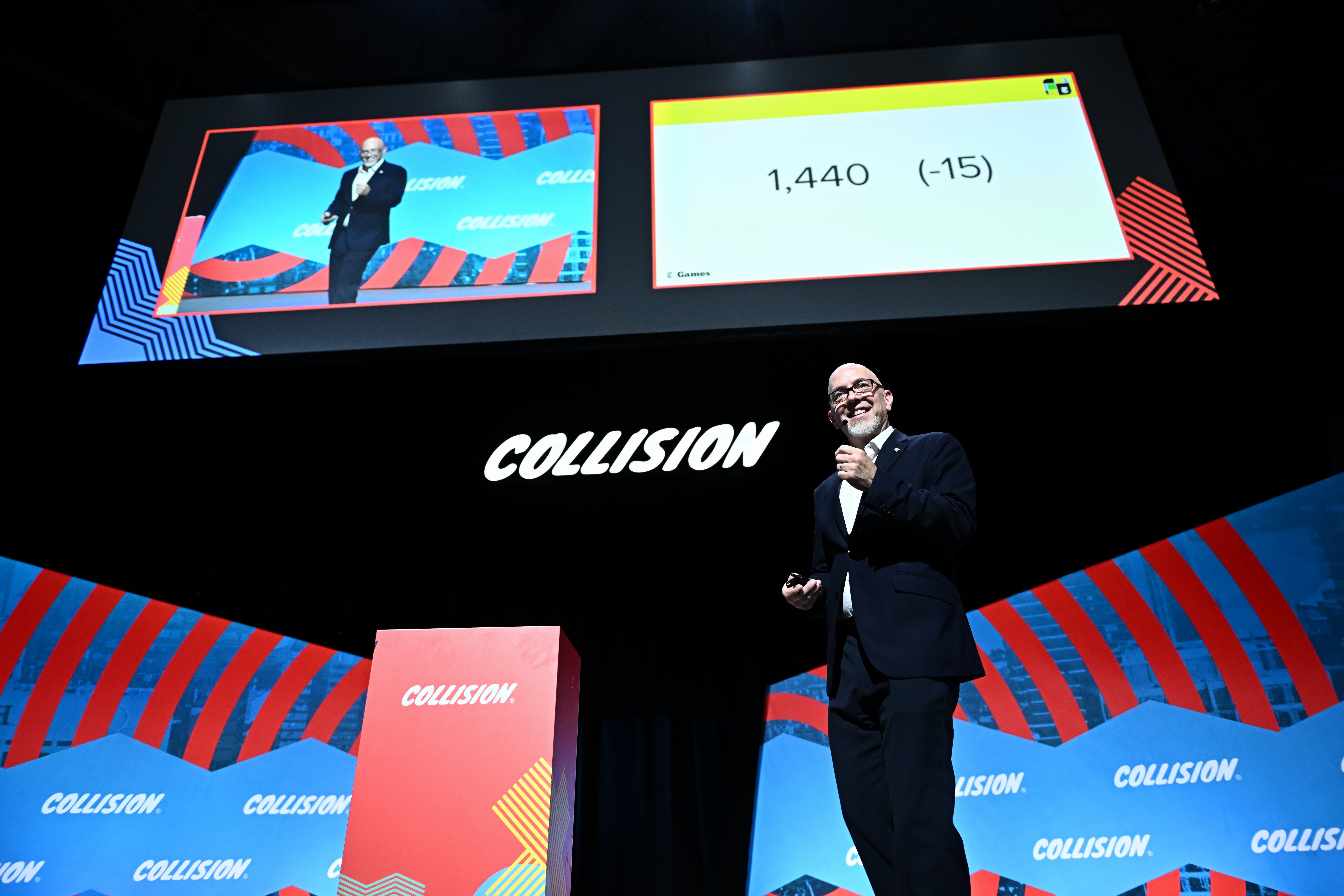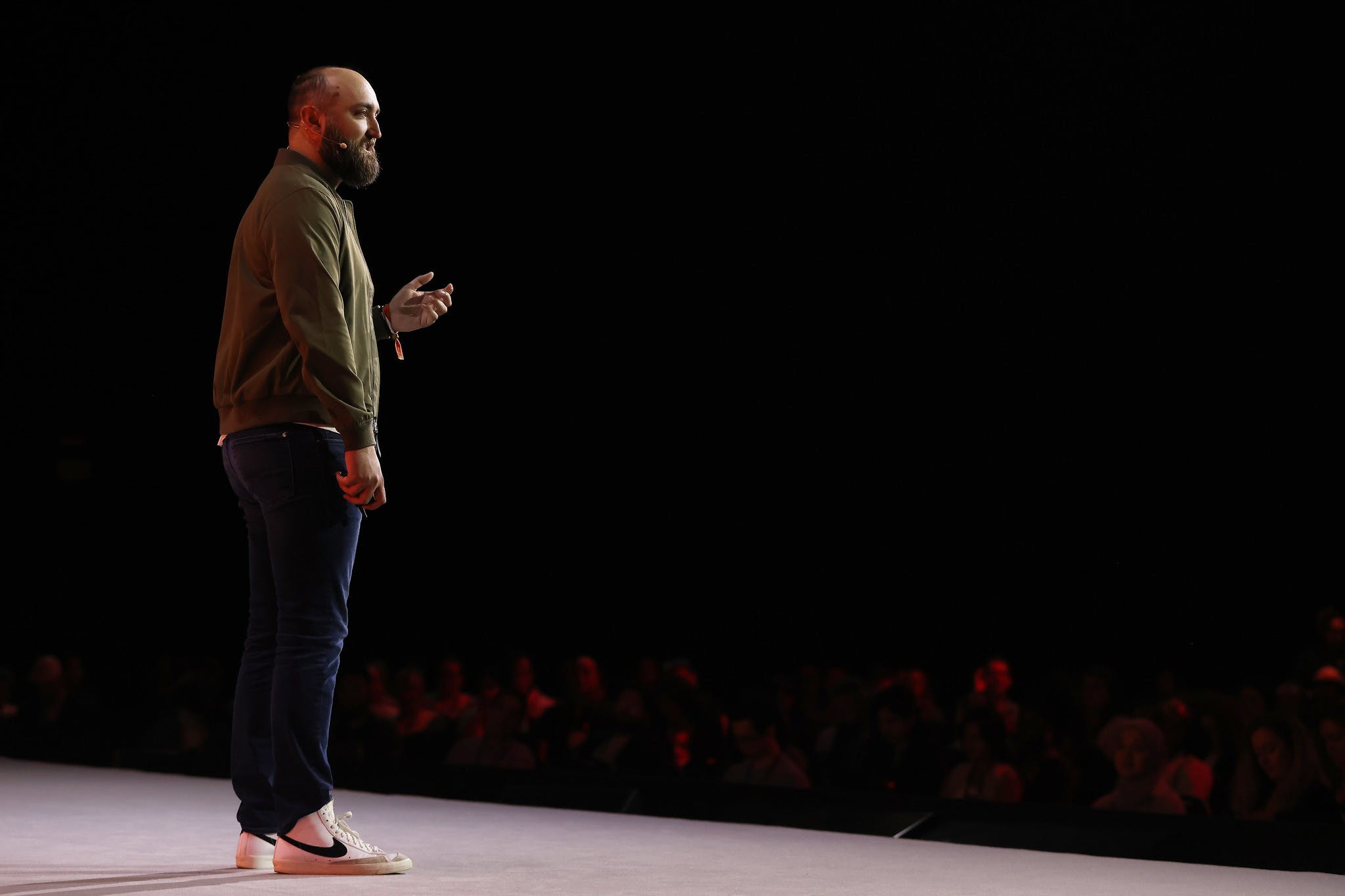
Your guide to marketing at Web Summit 2024
Check out our step-by-step guide to all things marketing at Web Summit this November. Hoping to ge...
Shall we play a game? Following the introduction of Wordle last year and the brand new game of Connections recently added to its portfolio, the New York Times certainly thinks so and has been proven right with a growing community of loyal players. But are you game for AI-powered journalism? Wired and Newsweek outline ethical guidelines to ensure transparency and trust.
Meanwhile, Hootsuite advises organisations to approach social media as a platform not just for chatter but one that is increasingly replacing web searches for information seeking audiences.
“Not being present on social media 24/7 is no longer an option.” So said Hootsuite CEO Irina Novoselsky, who explained that humanity is currently at the intersection of communication and disruption, with social media situated directly in the middle.
“The takeaway for me,” said Irina, “is that there’s five billion people around the world that are glued to their screens on social media and, while there’s some extremism happening, the majority of people are spending their time on social media.
“And if you want to be where your customers are, there’s no better place to be.” Irina said that, from a business standpoint, ignoring social media is no longer possible: “You can’t not show up in a place that has five billion eyes on it.”
According to Irina, social media is not only entertaining and captivating audiences – it’s also informing people’s decisions on everything from medical operations to deciding what colleges to go to:
“90 percent of people trust the medical information that they get on social media … and, of the graduating class of high schoolers this year, almost 80 percent use social media to determine what college they want to go to.”
Social media is morphing into the go-to resource for information of all sorts. When it comes to business, if you’re not getting involved, you’re not on the map. What does all of this mean for generative AI in social media campaigns? Irina isn’t worried.
“I think AI will help with campaigns … but you’re going to want something that is relevant to you and human, and you’re going to know if you’re being sold to or interacted with AI algorithms.”
In recent years, the New York Times has made a strategic bet on games. But what makes NYT Games unique?
Jonathan Knight, the New York Times’ head of games, discussed how games are now an integral part of the publication’s overall strategy: being “the essential subscription for curious people seeking to understand and engage with the world”.
 Jonathan Knight, Head of Games, The New York Times, on Creatiff stage during day one of Collision. Image: Harry Murphy/Web Summit (CC BY 2.0)
Jonathan Knight, Head of Games, The New York Times, on Creatiff stage during day one of Collision. Image: Harry Murphy/Web Summit (CC BY 2.0)
Jonathan elaborated on the newspaper’s efforts to bring a new portfolio of games – including Wordle – to its users, and highlighted just what makes the newspaper’s puzzles so special: “What we do that’s truly unique, especially in this AI-powered era that we’re in, is we make human-made puzzles every single day for you to solve … [We] put a lot of love and care into these puzzles and that’s what makes us unique.”
But NYT Games isn’t just about well-designed puzzles to keep your mind sharp. With the team writing stories about the games on a daily basis and maintaining a conversation with solvers and users on Twitter, the newspaper has made engagement with its community an essential priority.
“I think even more important is really the connection between our solvers, our users and each other … When I talk about the power of puzzles to bring people together, that’s what we’re seeing,” said Jonathan.
“It’s very important for us to set expectations and have some clarity – some transparency – about what we would or wouldn’t use AI for. Because I think establishing trust is really important,” said Gideon Lichfield, global editorial director at Wired.
Media outlets have already begun experimenting with AI, sometimes with less than ideal results. This was the case with CNET, which used ChatGPT to write entire articles, some of which were published with mistakes.
When it comes to commissioning artists for Wired, GenAI tools will be allowed, but only if they are used by the artists themselves to augment their work, rather than replacing it wholesale.
Fast Company’s global technology editor Harry McCracken said they are following suit, and have formed a taskforce to figure out how GenAI will play a role in future.
“[This] includes representatives from editorial, of course, but also folks from our sales side, audience development and our CEO – because as many questions as there are about AI’s impact on journalism, I say there are equally important ones for other aspects of the media business,” said Harry.
Main image of Gideon Lichfield, Wired, on Fourth Estate stage during day two of Collision: Harry Murphy/Web Summit (CC BY 2.0)

Check out our step-by-step guide to all things marketing at Web Summit this November. Hoping to ge...

The word “community” is often thrown around in the marketing and...